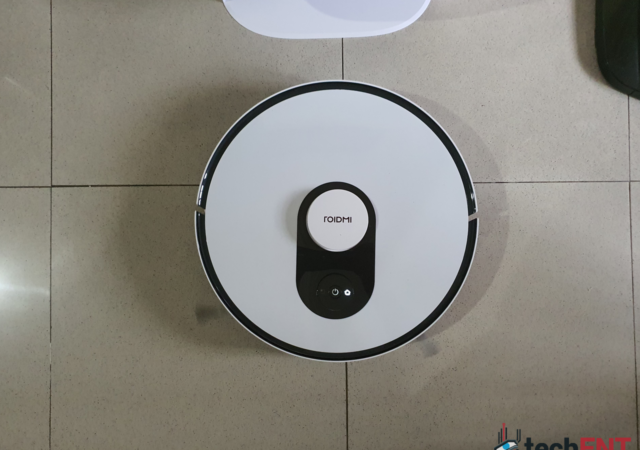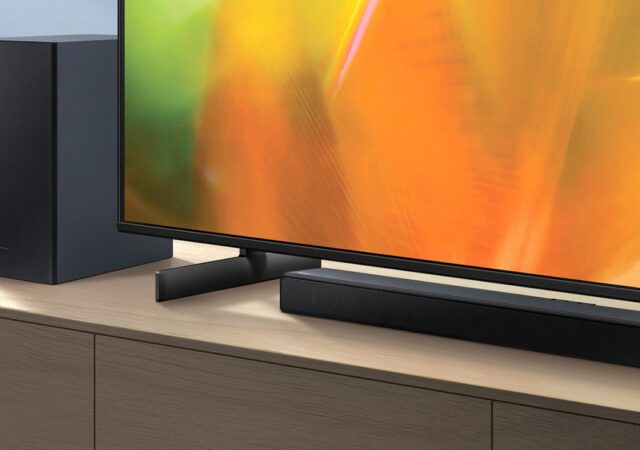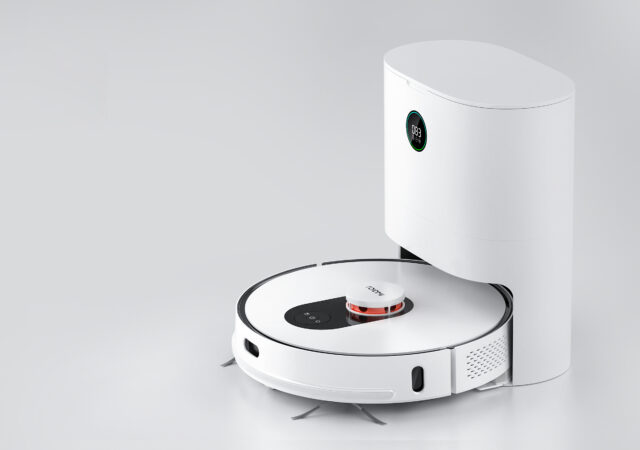The ROIDMI EVE Plus is a robot vacuum offering in Xiaomi’s stable of IoT devices. We’re giving it the techENT Review to see if it’s worth the hype.
Sunway Pyramid Implements IoT to Improve the Toilet Experience for Patrons
Sunway Pyramid partners with Rigel Technologies to implement an IoT system targeted at optimising customer experience in the toilet.
MSI Goes AMD Advantage with Latest Radeon RX 6000M GPU
MSI launches new AMD Advantage laptops in the Delta 15, Alpha 15, and Bravo 15 gaming laptops with prices starting from MYR 3,949.
OPPO Reno6 Z 5G Gets Special Shiseido Collaboration
OPPO and Shiseido partner to bring the perfect combo with comestics and the camera to capture your best self in a unique collaboration for the OPPO Reno6 Z 5G.
DJI Opens Its First Experience Store Premium in Pavilion Kuala Lumpur
DJI opens its first Experience Store in Pavilion Premium Kuala Lumpur in Malaysia.
AvePoint Edutech Empowers Integrated Online Learning in Six Singaporean Institutes of Higher Learning
Avepoint Edutech brings a fully integrated system to empower online learning in six Singaporean Institutes of Higher Learning.
Xiaomi’s ROIDMI Eve Plus Robot Vacuum Gets MYR400 Discount on Shopee
The ROIDMI Eve Plus smart vacuum will be going on a special offer for Black Friday on Shopee. Don’t miss your chance to get it at an MYR400 discount!
Spotify Tests TikTok Style Video Feeds for Discovering New Music
Spotify is testing a new feature on the iOS beta app called Discover allowing users to scroll through short form videos to discover new music.
Spotify, You One-Stop-Shop for All Your Netflix Soundtracks, Playlists, and Podcasts
You can now stream Netflix’s official soundtrack, playlists, and podcasts from Netflix Hub on Spotify to keep things alive beyond Netflix.

















